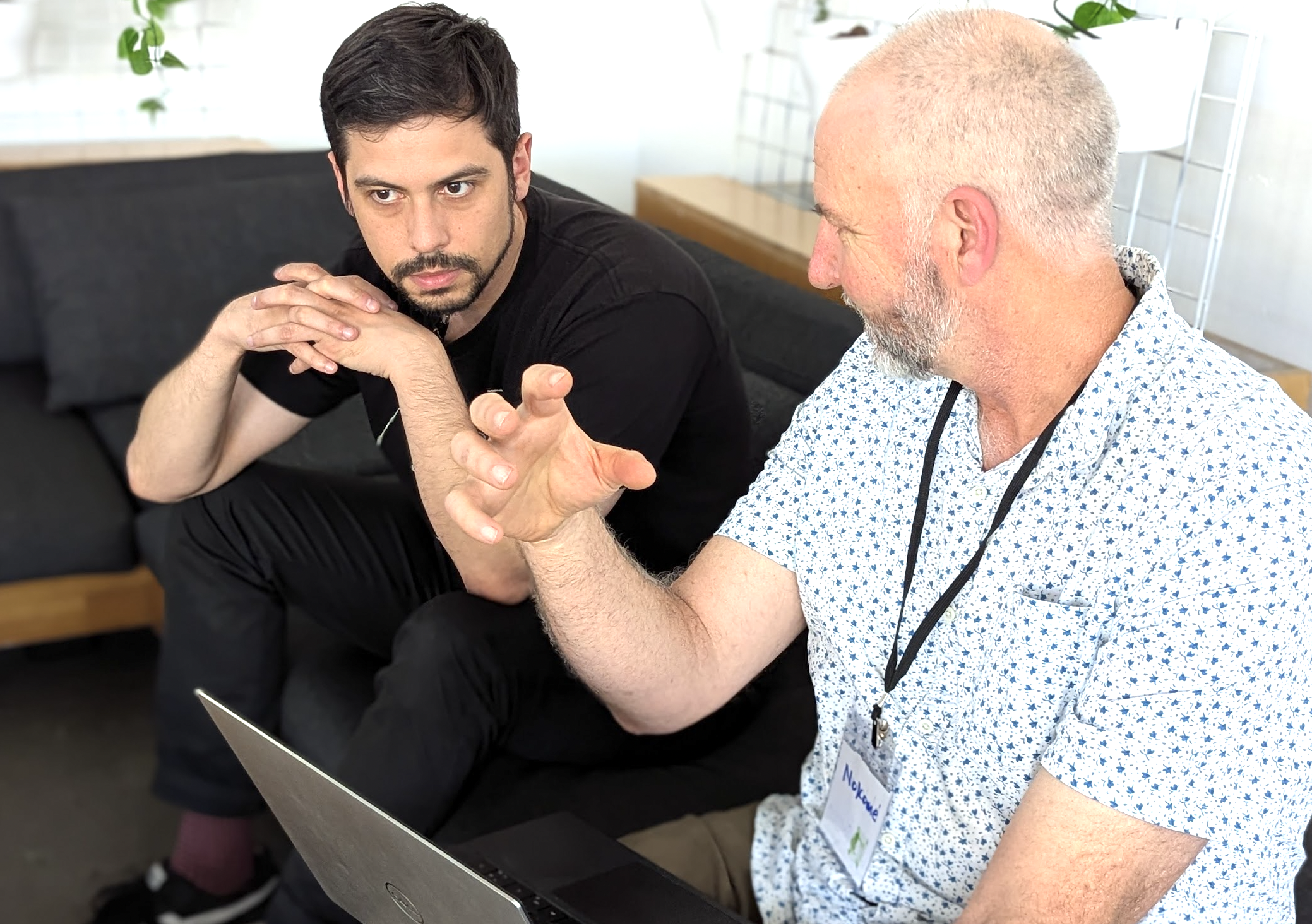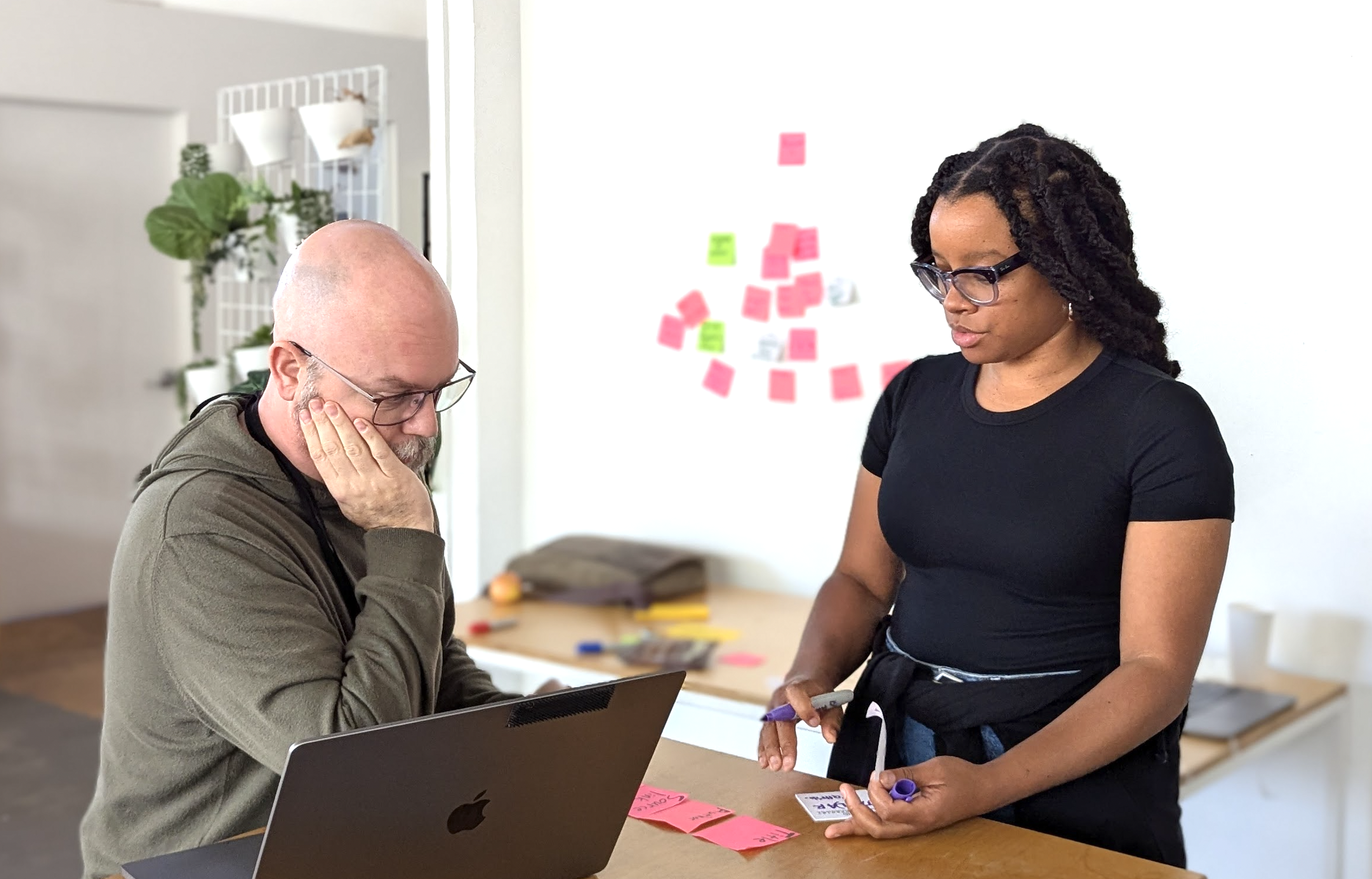
The goals for the second day were to break into ad-hoc groups and work towards one of the six initiatives that we identified in the first day and over dinner.
- Open Exchange Architecture (OXA)¶
- Define shared schemas and tools for authoring, publishing and archiving scientific content, based from experience in the scientific authoring ecosystem (Quarto, MyST, Curvenote, Stencila) — a new Open Exchange Architecture. We aimed to present on (a) a new schema with examples; (b) how this can export from quarto (as myst/stencila were already relatively compatible); (c) define high-fidelity links to components; (d) discuss the “container” for the research content; and (e) discuss how this could work with other publishing systems and tools (JATS, MECA, Octopus, etc.). Crucially, we wanted to leave with something concrete that had a name (which we came up with together on day 2), logo, domain, repository and could be installed from node and pypi.
- Creative Commons — Modular Reuse, Licensing and Attribution¶
- Work with the open exchange group to ensure the component framework has licensing and attribution built directly into the architecture. This should work for existing narrative containers (articles, papers, preprints, protocols), modular components (panels, figures, tables, datasets, etc.), as well as remixed compositions of research that are a hybrid of the two (an article that references a different figure or panel).
- Utilizing and Extending MECA¶
- Discuss ways to use existing flexible transfer mechanisms, such as MECA, to bring this format to interoperate with the existing submission and publishing systems. The MECA file format is very flexible and the working group is looking to modernize the NISO recommendation in 2026 to incorporate new cloud-based storage and APIs.
- Computational Research Content + AI¶
- Produce an experiment of pulling together two computational articles (written in MyST) and explore what can be done with the additional context this provides to research agents.
- Spotify for Science¶
- Lead an effort to bring many APIs and services together into a new way to browse research that can elevate different trust signals and show research content in new ways.
- Model Communities¶
- Identify early communities to pilot these approaches with, including from additional computational communities that require more context and different “weird-and-wonderful” research objects to be published (e.g. notebooks, microscopy images, etc.) as well as paths to adoption.

Figure 1:Working together throughout the day on different ways to communicate scientific content. From left to right: Anton Molina, Nokome Bentley

Figure 2:Merging creative commons approach and ideas for how to build attribution and licensing directly into the open exchange architecture. From left to right: Carlos Scheidegger and Taylor Campbell.
Copyright © 2025 Cockett & Teal. This is an open-access article distributed under the terms of the Creative Commons Attribution 4.0 International license, which enables reusers to distribute, remix, adapt, and build upon the material in any medium or format, so long as attribution is given to the creator.
- JATS
- Journal Article Tag Suite
- MECA
- Manuscript Exchange Common Approach
- MyST
- Markedly Structured Text
- OXA
- Open Exchange Architecture